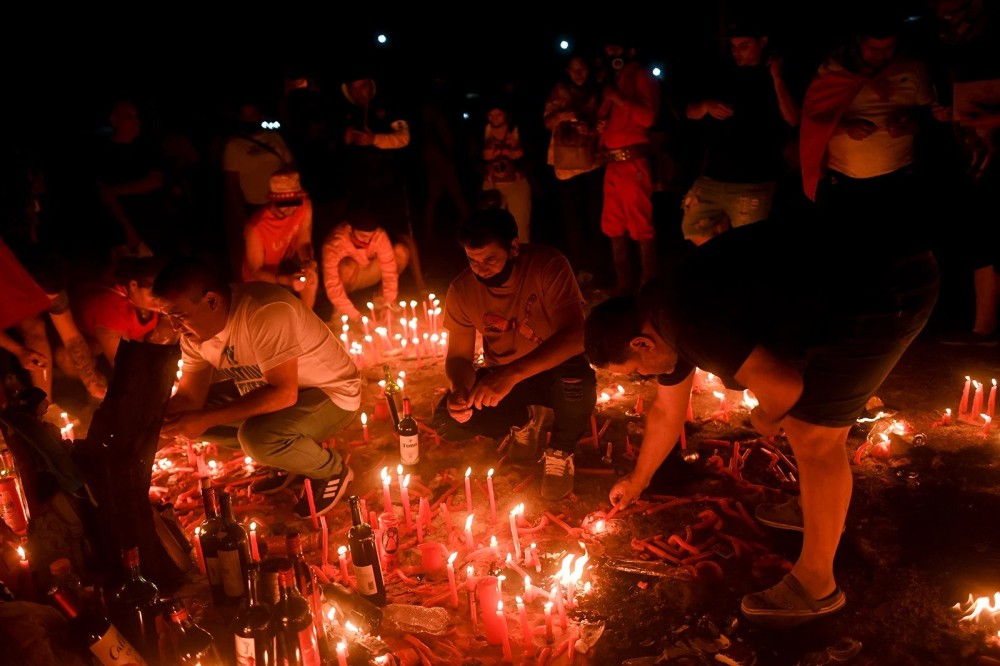As their World Cup team faces the Dutch, Argentines call on folk saints for help

In the weeks before the World Cup tournament got underway in Qatar, Claudio Tapia, who heads Argentina’s national soccer federation, visited the sanctuary of Difunta Correa, in Vallecito, a district in Argentina’s western San Juan province.
He was there for two reasons. First, he had to thank la Difunta Correa, a folk saint in Argentina and parts of Chile, for Argentina’s success in the 2022 Finalissima, when South America’s champion defeated the European champion, Italy.
He also planned to ask la Difunta for Argentina’s victory in the World Cup.





